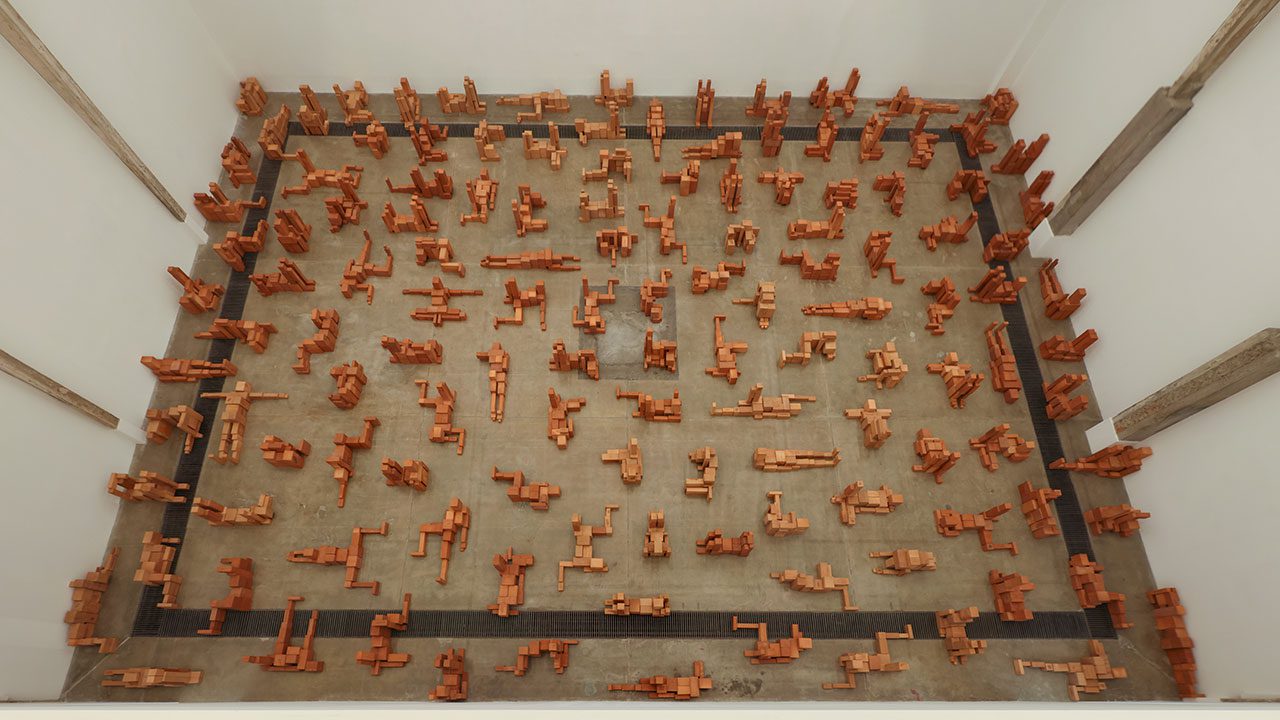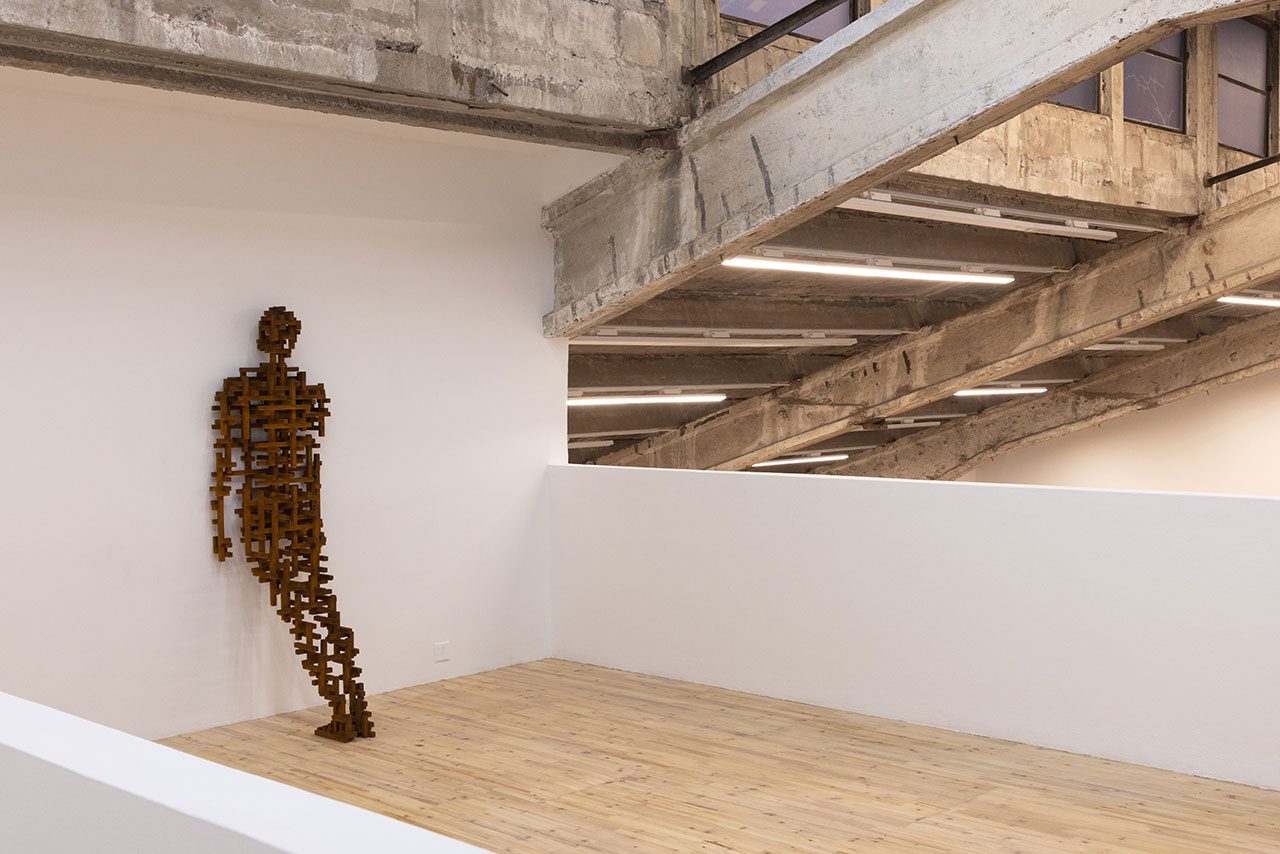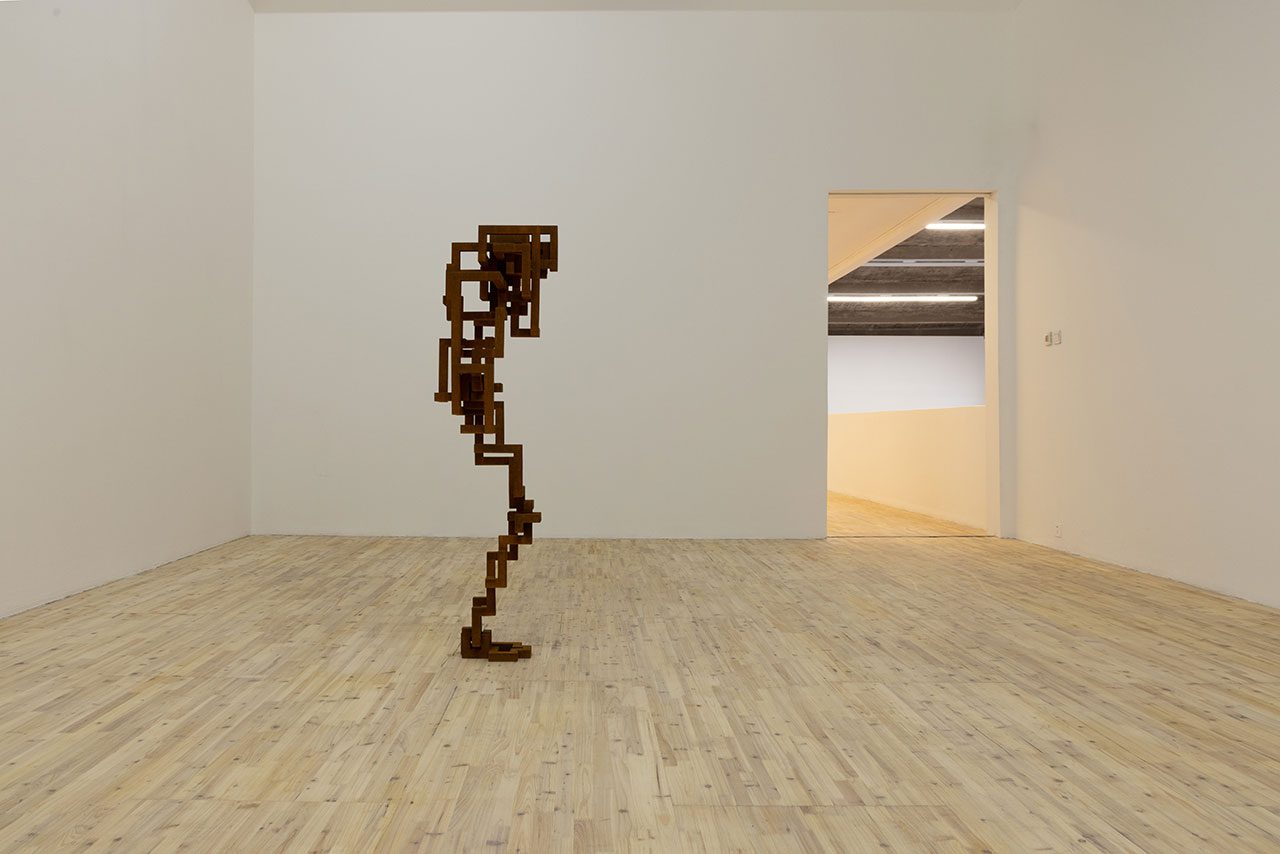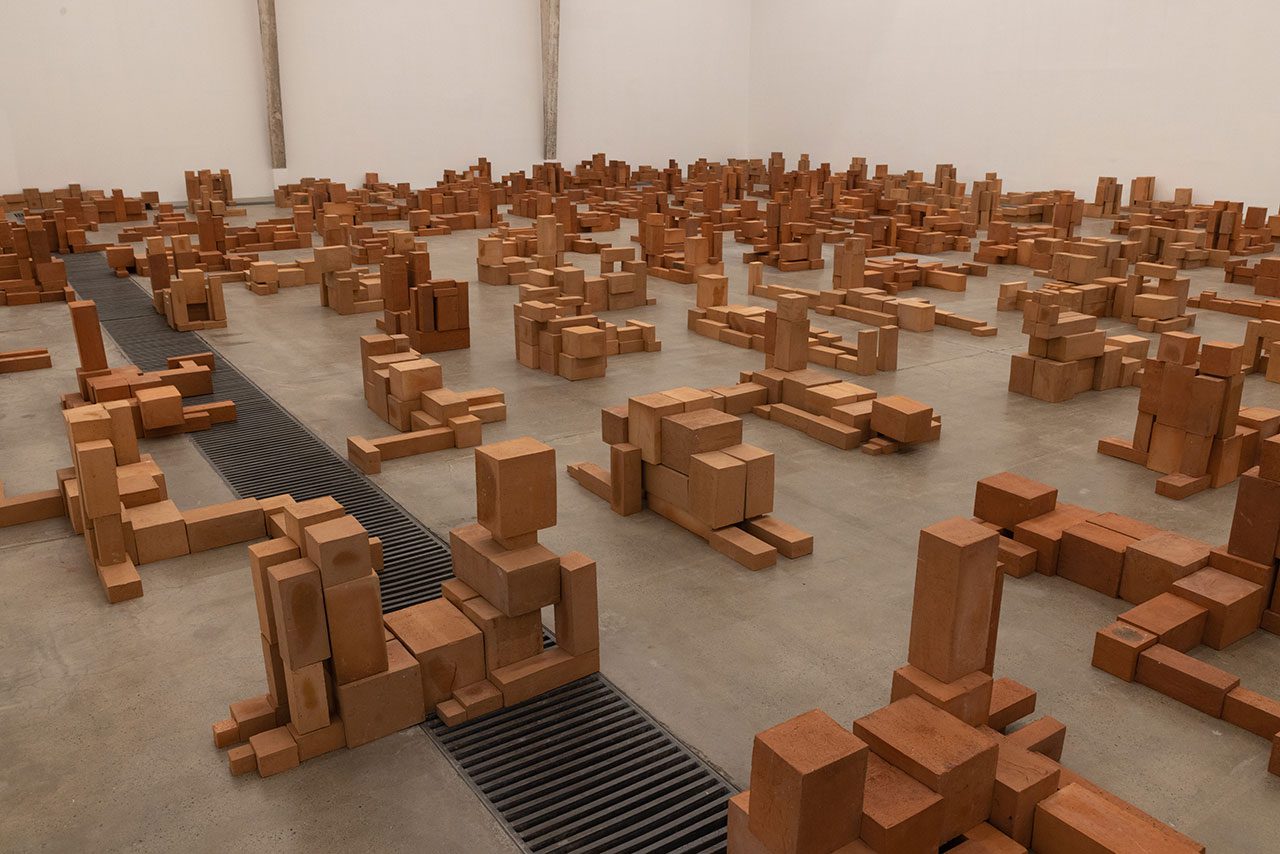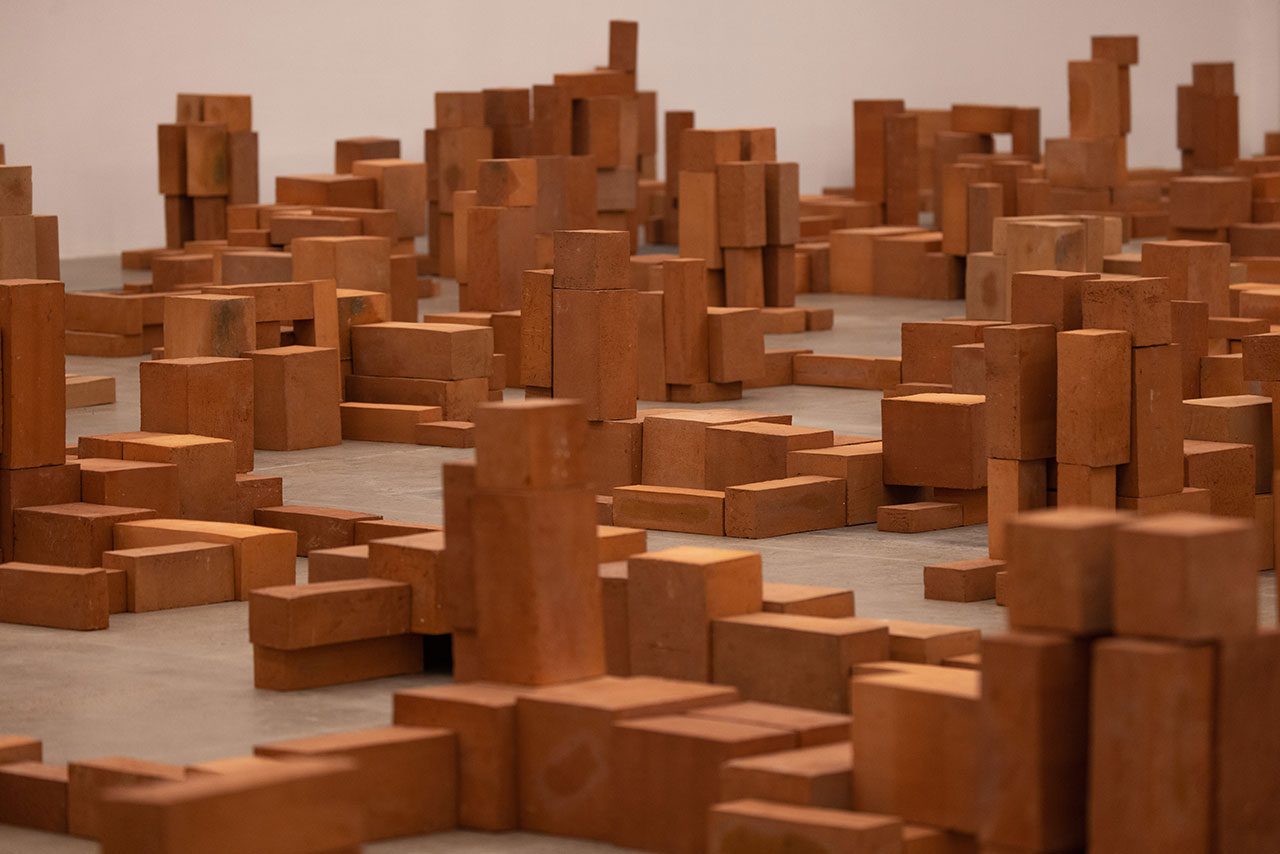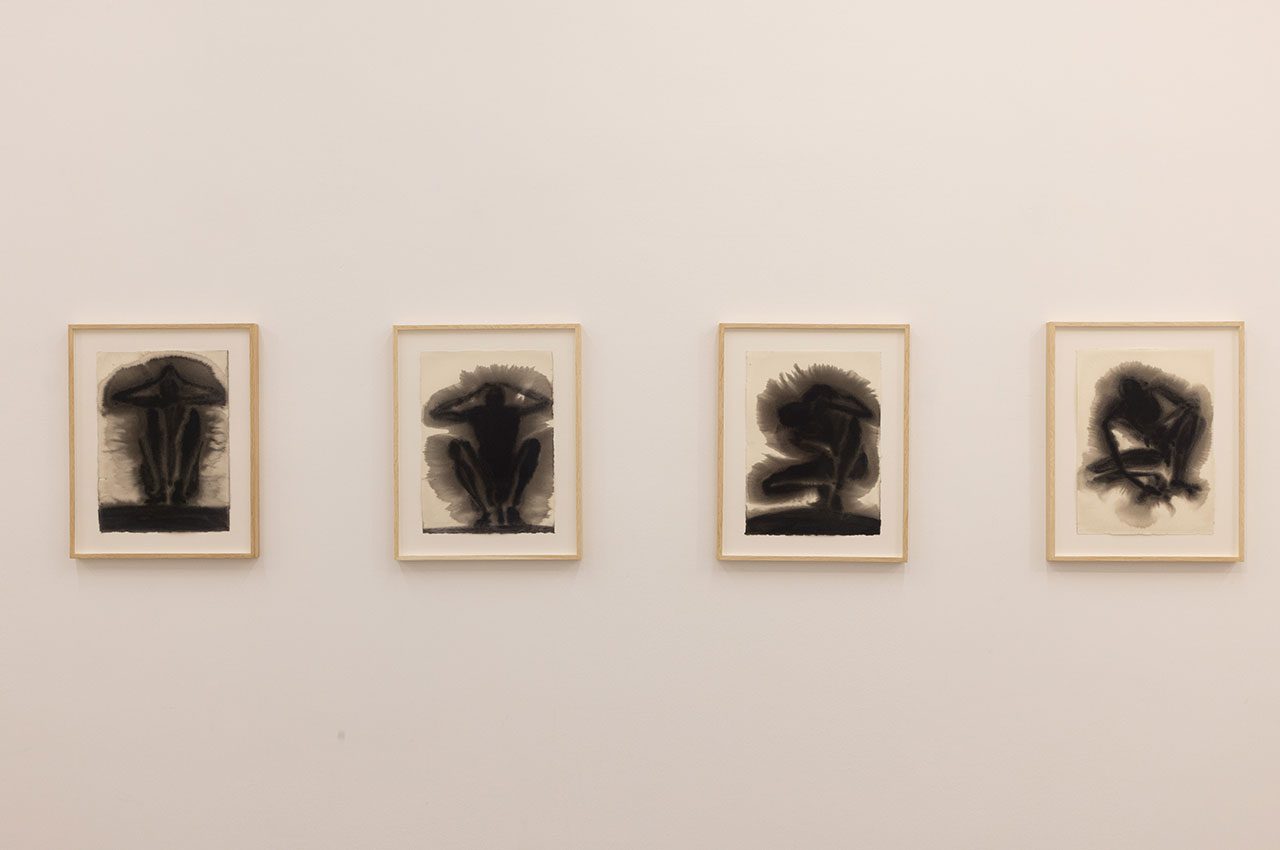PRESENTATION:Antony Gormley-Body Buildings
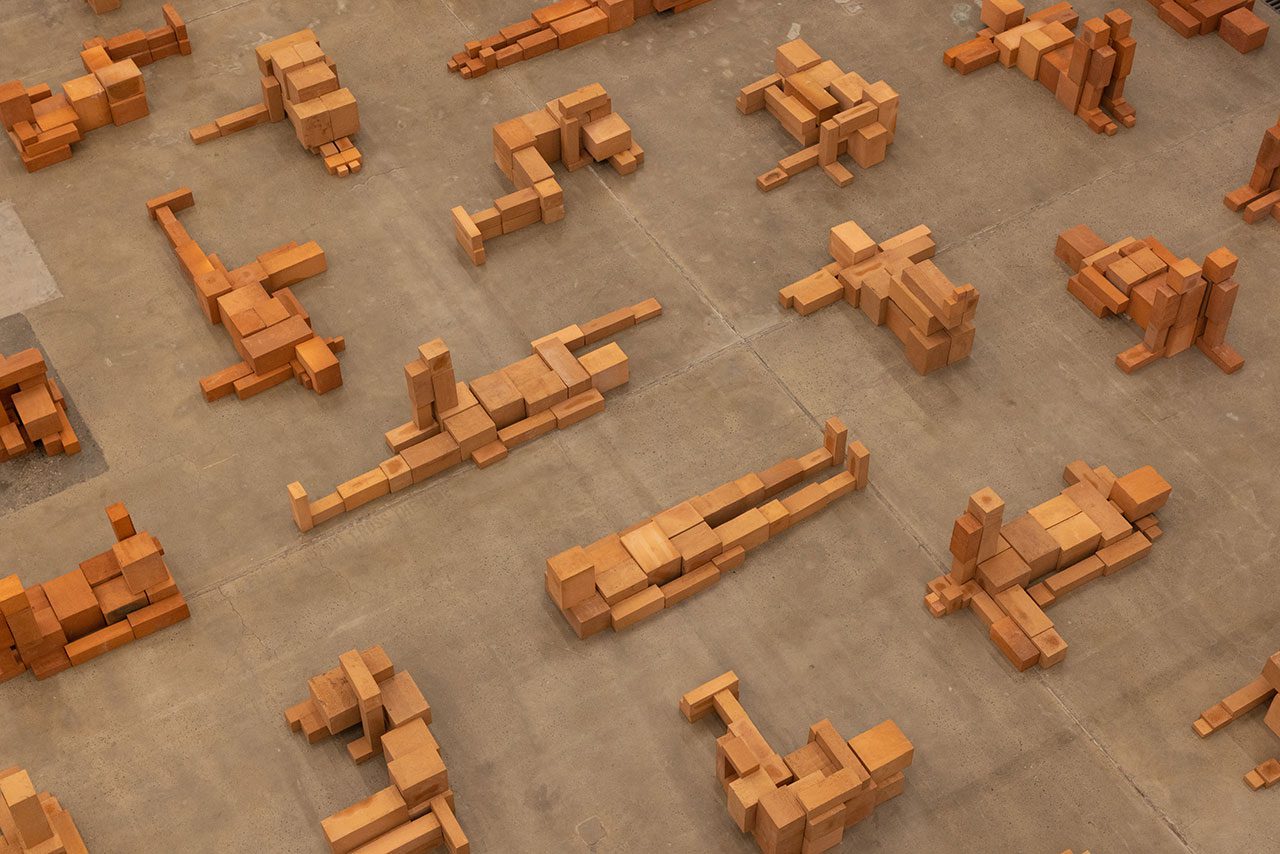 Antony Gormley is widely known for his sculptures, installations and public artworks that investigate the relationship of the human body to space. His work has developed the potential opened up by sculpture since the 1960s through a critical engagement with both his own body and those of others in a way that confronts fundamental questions of where human being stands in relation to nature and the cosmos. Gormley continually tries to identify the space of art as a place of becoming in which new behaviors, thoughts and feelings can arise.
Antony Gormley is widely known for his sculptures, installations and public artworks that investigate the relationship of the human body to space. His work has developed the potential opened up by sculpture since the 1960s through a critical engagement with both his own body and those of others in a way that confronts fundamental questions of where human being stands in relation to nature and the cosmos. Gormley continually tries to identify the space of art as a place of becoming in which new behaviors, thoughts and feelings can arise.
By Efi Michalarou
Photo: Galleria Continua Archive
Antony Gormley’s solo exhibition “Body Buildings” explores the deep and complex relationship between the human body and the built environment, examining how we inhabit a world dominated by towering structures. Through a powerful collection of recent sculptures and drawings, Gormley utilizes two fundamental materials of the built environment—clay and iron—to probe the physical and emotional connections we have with the spaces around us. For Gormley, these materials serve not only as artistic media but also as symbols of our collective human experience, as he seeks “to think and feel the body in this condition,” a reflection on how individuals navigate and relate to the constructed world they inhabit. At the heart of the exhibition is “Resting Place II,” an expansive, immersive installation that invites visitors to step into and wander through a densely structured terrain reminiscent of an intricate labyrinth. Comprising 132 life-sized figures, each constructed from fired clay bricks carefully stacked on top of one another, this piece challenges viewers to reconsider the notion of the body as a place of rest and shelter—a primary, personal “dwelling place.” For Gormley, the use of clay bricks holds significant meaning, as he describes each brick as a “physical pixel,” suggesting that these elements function as fundamental building blocks of both architecture and human existence. This concept holds particular resonance within Chinese cultural contexts, where bricks and modularity hold symbolic and practical value in architecture and community spaces. In “Resting Place II,” Gormley seeks to evoke the human body’s deep-rooted connection to the earth and, more specifically, to the ground beneath us. He reflects on the body’s experience of abandonment, drawing on two contrasting kinds: one of relaxed surrender, as seen in the timeless image of a person resting on a beach—a place of play and peace often associated with childhood memories. The other is a more poignant form of abandonment, that of the migrant, who, either by choice or compulsion, has left one home in search of another. In this work, Gormley’s arrangement of the clay figures at first appears as a disordered assembly of building materials, evoking a chaotic construction site. However, with further observation, this display may reveal itself as a model of a city, with each figure representing an individual’s attempt to find rest or belonging in an urban landscape. Gormley’s “Resting Place II” therefore serves as both a literal and metaphorical representation of the human body and spirit within the built world. The figures seem to oscillate between states of peace and tension, suggesting varying levels of comfort, security, and vulnerability. Some forms evoke tranquility, as if embodying the human need for relaxation and reprieve; others appear more defensive, capturing the instinct to retreat or guard oneself. Ultimately, the piece invites viewers to empathize with each figure as a distinct “place of indwelling”—a personal refuge shaped by individual experiences. Through this work, Gormley encourages a reimagining of the human body as a fundamental component of the architectural landscape, inviting viewers to reflect on their own bodily and spatial experiences in relation to the larger, constructed environment.
Alongside “Resting Place II,” Antony Gormley’s exhibition features iron sculptures such as “Circuit” and “Ally,” which delve into the connections between urban infrastructure and human relationships. These pieces probe how structural networks and human connections intersect, influencing both individuals and communities. In “Circuit,” Gormley reimagines urban networks as a shared circulatory system that unites two bodies, portraying the human connection as both literal and symbolic, an interdependent flow of energy that underscores shared existence. “Ally,” on the other hand, consists of stacked, weighty cast-iron blocks that embody the delicate balance between two bodies finding stability through a shared center of gravity. This powerful metaphor asks how individuals can maintain balance and mutual support within the complexities of a dense urban landscape. These sculptures invite viewers to reflect on how urban environments shape and reflect the dynamics of human relationships, exploring themes of proximity, intimacy, and mutual reliance. By contrasting these interconnected forms, Gormley suggests that the physical closeness of city life may mirror and even influence the way we relate to one another. Adjacent to “Circuit” stand two additional works, “Short” and “Shame,” which approach the body as an independent energy field, deliberately positioned off-center to avoid the rigidity and stability commonly associated with statues of power and authority. “Shame,” with its tight knots, brings attention to points of tension within the body, focusing on areas like the ankles, knees, pelvis, head, and hands. In contrast, “Short” defies the physical limitations of the skin, as iron lines extend from inside the body outward, suggesting a sense of boundary-breaking and fluidity. On the gallery’s top floor, “Rule III” and “Buttress” present the human form as latticed frameworks reminiscent of the skeletal structures found in high-rise architecture. These pieces convey how the architectural environment influences human life, often mirroring the rigidity and density of urban landscapes. Constructed from rusting iron, these sculptures are placed directly against the gallery walls, enhancing their connection to the built environment and prompting viewers to consider their own bodily relationship to surrounding architectural spaces. Through these works, Gormley suggests that just as we create and shape our environment, it in turn shapes us, highlighting the symbiotic nature of human and structural forms. A series of drawings accompany these sculptures, adding an introspective, almost cosmic dimension to the exhibition. Pieces like “Singularity X” and “Event VII” evoke the luminous origins of astral matter, referencing the birth of stars and the elemental forces of creation. These abstract drawings are complemented by the ‘Lux’ series, which depicts small openings or light sources as seen from within interior spaces, evoking glimpses of brightness from enclosed environments. Other drawings, crafted using natural materials such as inkcap mushroom ink, carbon, and casein, explore the concept of darkness as it is felt internally and in close proximity to another. These subtle, organic materials lend a tactile quality to the drawings, bridging the personal experience of darkness with a universal sense of introspection. Altogether, Gormley’s sculptures and drawings convey a profound contemplation of how the structures we build shape not only our surroundings but our sense of self, community, and connection to the cosmos. Through this interplay of form, material, and concept, Gormley invites viewers to reflect on the interplay between their inner worlds and the external structures that define modern life.
Photo: Antony Gormley, Body Buildings, exhibition view, Galleria Continua / Beijing, 2024, Courtesy: the artist and GALLERIA CONTINUA, © the Artist, Photographer: Shao Li
Info: Galleria Continua, Dashanzi Art District 798 #8503, 2 Jiuxianqiao Road, Chaoyang Dst., Beijing, China, Duration: 14/11/2024-14/4/2025, Days & Hours: Tue-Sun 11:00-18:00, www.galleriacontinua.com/
